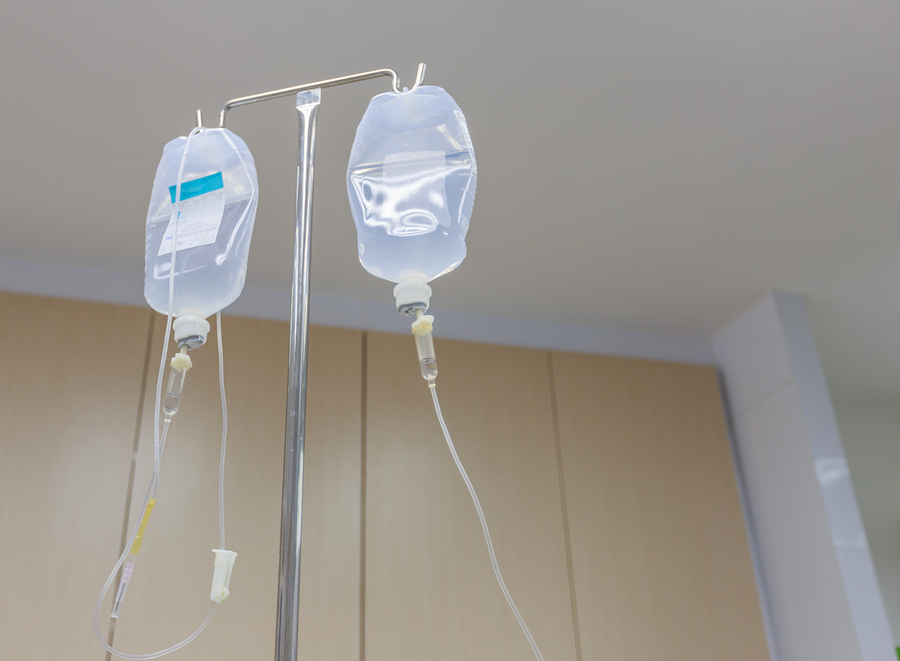Two large studies, published in the New England Journal of Medicine, have recently found that using a different intravenous fluid, rather than saline (which is the norm), “greatly reduced the risk of death or kidney damage.” 1 And that difference could mean 50,000 to 70,000 fewer deaths and 100,000 fewer cases of kidney failure, every year, in the U.S.
RELATED STORY:
Dr. John Kellum, a critical care specialist at the University of Pittsburgh, said that others like himself had been “sounding the alarm for 20 years”2but that it was “purely inertia”3that prevents change. (While Kellum did not contribute to either of the studies, The University of Pittsburgh now largely uses balanced fluids.)
“IVs are one of the most common things in health care. They are used to prevent dehydration, maintain blood pressure or give patients medicines or nutrients if they can’t eat.
Saline — salt dissolved in water — has been the most widely used fluid in the US for more than a century even as evidence has emerged that it can harm kidneys, especially when used a lot.
Other IV solutions called balanced fluids include saline but also contain potassium and other things that make them more like plasma, the clear part of blood. They’re widely used in Europe and Australia.”4
The studies followed 28,000 patients at Vanderbilt University who were given either saline or a balanced fluid; for every 100 people on balanced fluids, there was one fewer death or severe kidney problem. About 30 million people are hospitalized in the U.S. each year. Switching to balanced fluids could mean that thousands of patients could be spared death or severe kidney problems.
RELATED STORY:
The fluids cost about the same so switching shouldn’t be hard or expensive for suppliers.












